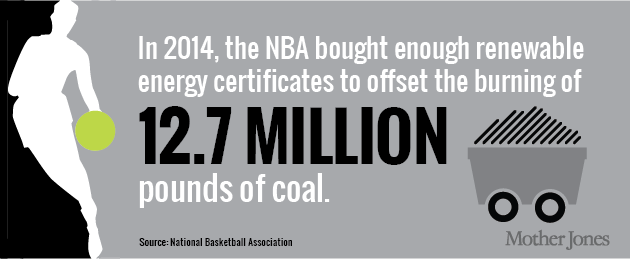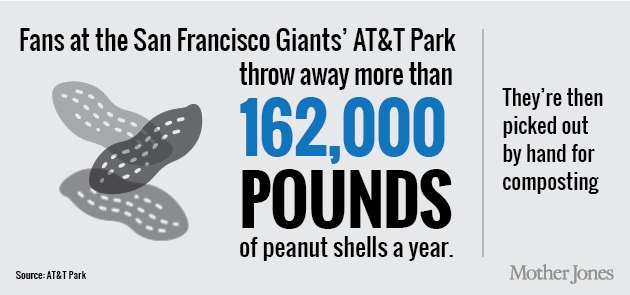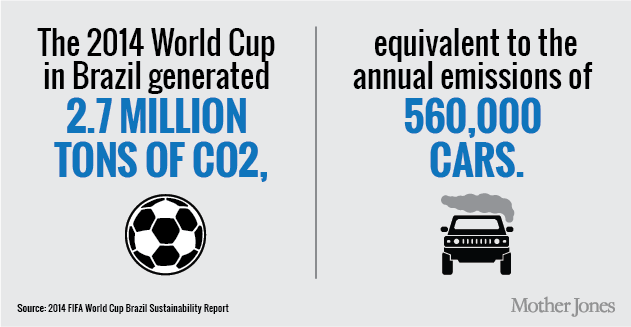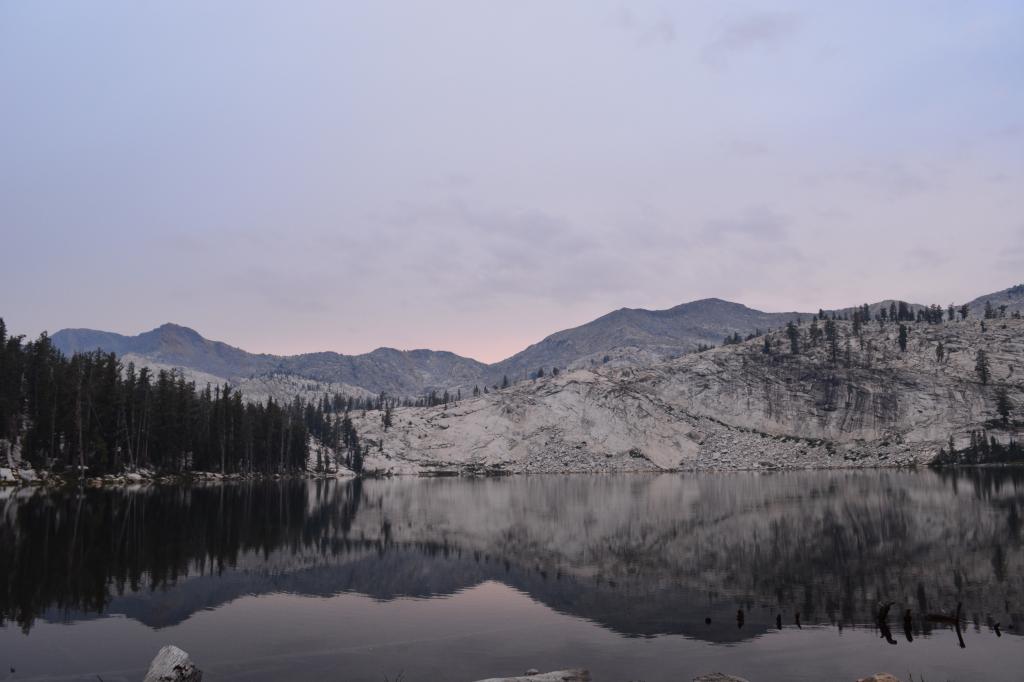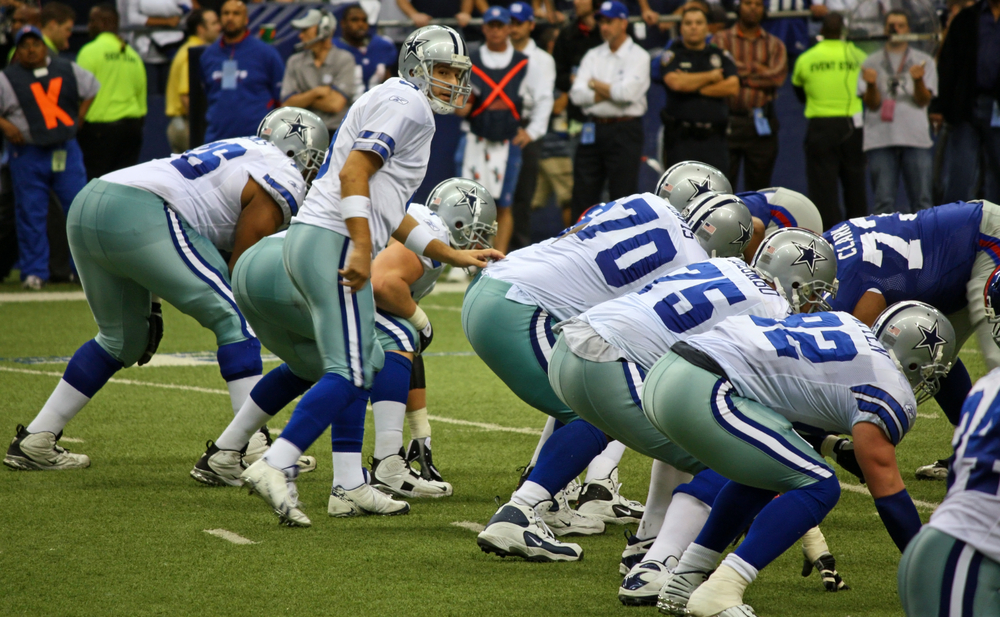This story was originally published by Mother Jones and is reproduced here as part of the Climate Desk collaboration.
Over the last few years, pro sports teams across the United States, often at the urging of environmentalist Allen Hershkowitz, have tried to go green.
Solar panels installed at Seattle’s CenturyLink Field in 2011 generate enough power for 95 homes. The Miami Heat have invested in efforts to reduce energy consumption at American Airlines Arena while cutting costs and combating the blistering heat. This year’s U.S. Open Championship took place at Chambers Bay, a gravel mine turned public park that includes a world-class golf course planted with drought-resistant grass and irrigated with reused wastewater.
But what kind of impact can these efforts actually have? Here’s a look at pro sports’ environmental footprint and some recent attempts to shrink it:

